O,.,o.
The visitor from deep space has passed us by, but may be due for an outburst as it careens toward the sun.
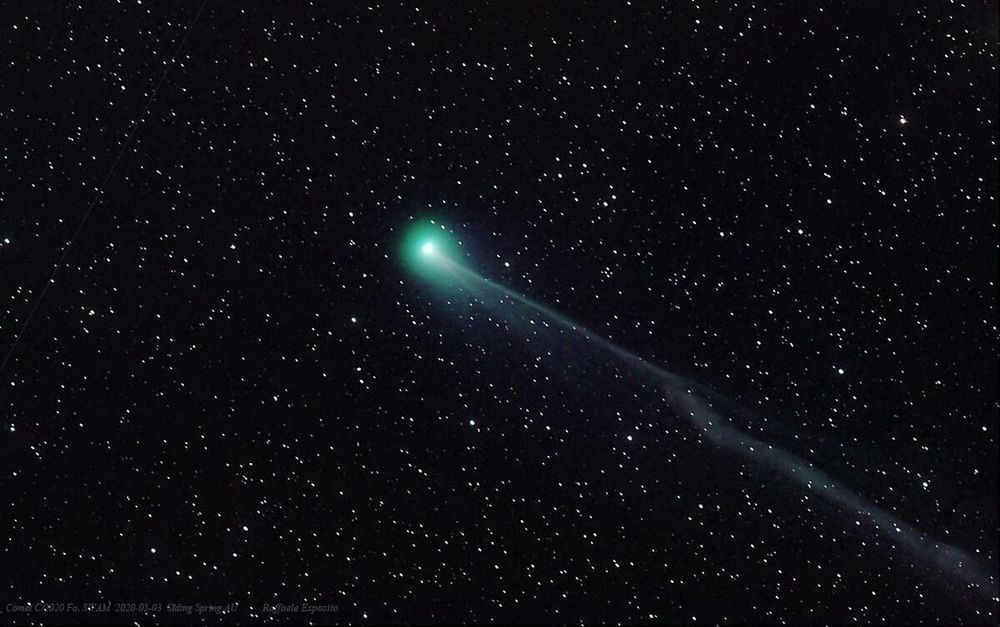
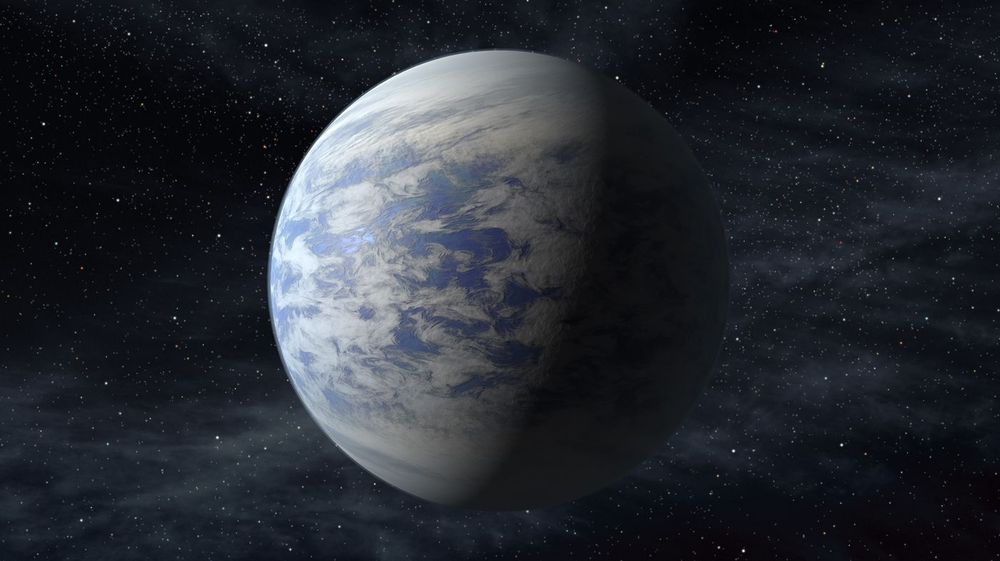
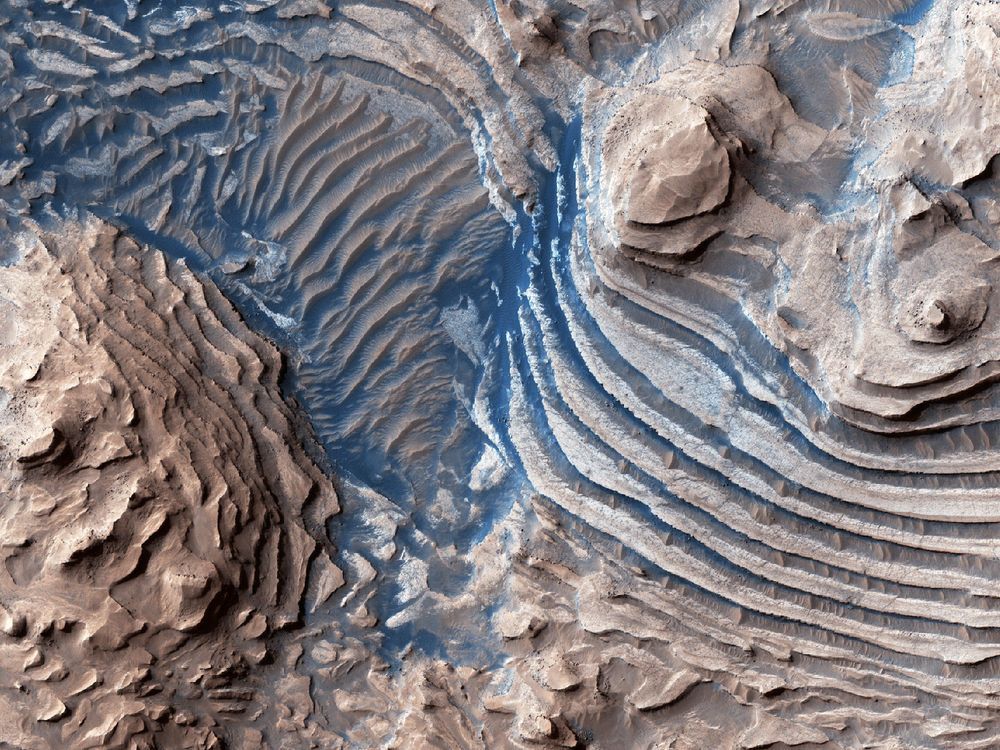

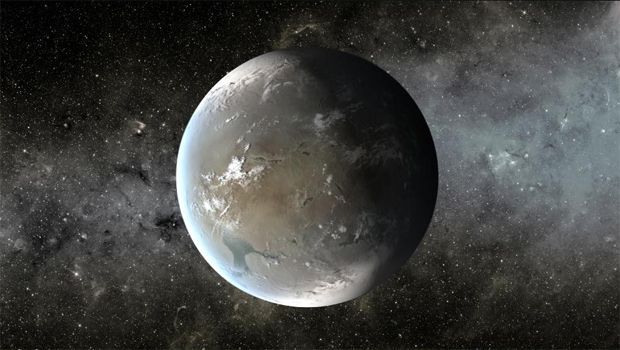
#Roobert33 In this experiment it’s noted that one half of an aluminum anodized copper globe is connected to an electrical wire in a DC current pole. At the center of the container there is an electrically isolated brass bolt from the container and connected to another pole of the DC current. At the base of the wooden support there is a large loudspeaker magnet that generates a magnetic attraction. Inside the container liquid mercury is poured in a weight of just over 1 Kg. When current flows through the two conductors, it generates a strong magnetic field that supports the system. This favorable condition rotates the liquid mercury as it’s an electric conductive metal. This experiment is known as the “Lorentz Force”. The operating voltage is 2V DC controlled by a DC inverter. The speed of rotation of mercury depends on the voltage being given. Increasing the tension the mercury takes off outside the bowl. *The system doesn’t work in alternating current. https://www.youtube.com/watch?v=au4hbUm4mMo
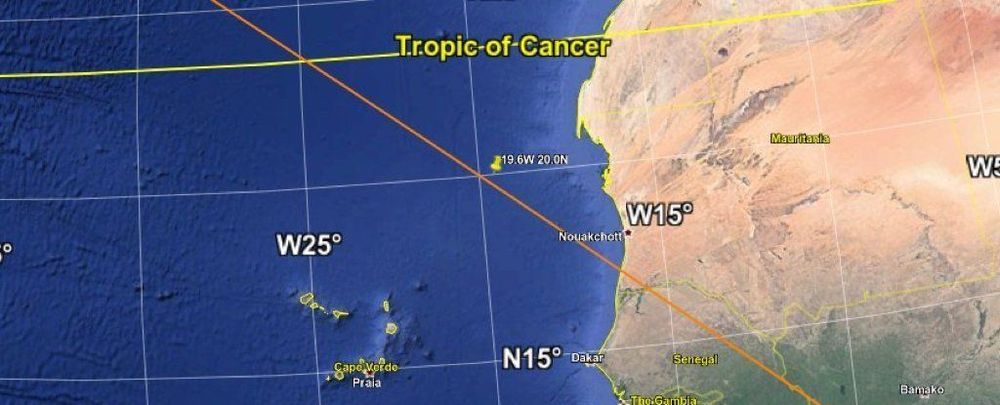
The remains of a giant segment of a Chinese rocket crash-landed in the Atlantic Ocean this week, representing the most significant uncontrolled descent of a piece of human-made space debris in decades.
The core stage of a Chinese Long March 5B (CZ–5B) rocket, which was successfully launched on May 5, spent several days in orbit as part of its mission, before re-entering Earth’s atmosphere and falling to Earth, splashing down in ocean waters off the west coast of Mauritania in northwest Africa.
The descent, which was eventually confirmed by the 18th Space Control Squadron, a unit of the US Air Force, was notable not just for its huge mass, but also for the extent of the window of uncontrolled descent, which had space-object trackers guessing just where and when the out-of-control rocket would eventually land.
A Cygnus supply ship built by Northrop Grumman departed the International Space Station Monday, beginning an extended mission in orbit to deploy a pair of CubeSats and perform a NASA-sponsored fire experiment. FULL STORY: https://spaceflightnow.com/2020/05/11/cygnus-departs-station…l-mission/

If schedules hold, United Launch Alliance and SpaceX will highlight this weekend with back-to-back rocket launches, a cadence rarely seen on the Space Coast.
First on the Space Force’s calendar is X-37B, a secretive Department of Defense spaceplane that stays in orbit years at a time, testing new systems and capabilities. The 29-foot vehicle will fly on an Atlas V rocket between 6:30 a.m. and 11 a.m. Saturday, though an exact time has not yet been released due to security concerns. Launch Complex 41 will host the attempt.
Though most of the spaceplane’s capabilities are classified, the Space Force said the mission known as Orbital Test Vehicle 6 will host more experiments than ever before. Some of those include testing radiation’s effects on seeds, transforming solar power to transmissible microwave energy, and how space affects different kinds of materials.